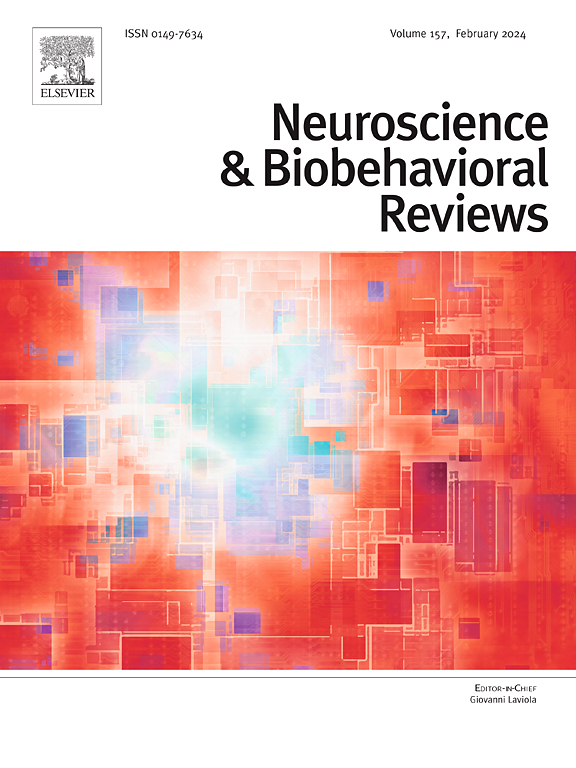Mapping electroconvulsive therapy induced neuroplasticity: Towards a multilevel understanding of the available clinical literature – A scoping review
IF 7.5
1区 医学
Q1 BEHAVIORAL SCIENCES
引用次数: 0
Abstract
Since its introduction in 1938, the precise mechanism underlying the efficacy of electroconvulsive therapy (ECT) in treating severe psychiatric disorders remains elusive. This paper presents a comprehensive scoping review aimed to collate and summarize findings from clinical studies on neuroplastic changes induced by ECT. The review categorizes neuroplasticity into molecular, structural, and functional domains, offering a multilevel view of current research and its limitations. Molecular findings detail the varied responses of neurotrophic factors and neurotransmitters post-ECT, highlighting inconsistent evidence on their clinical relevance. Structural neuroplasticity is explored through changes in brain volume, cortical thickness, and white matter properties, presenting ECT as a potent stimulator of brain architecture alterations. Functional plasticity examines ECT's impact on brain function through diverse neuroimaging techniques, suggesting significant yet complex modifications in brain network connectivity and activity. The review emphasizes the multilevel nature of these neuroplasticity levels and their collective role in ECT's therapeutic outcomes. Methodological considerations—including sample size, patient heterogeneity, and variability in assessment timing—emerge as recurring themes in the literature, underscoring the need for more consistent and rigorous research designs. By outlining a cohesive framework of changes in neuroplasticity due to ECT, this review provides initial steps towards a deeper comprehension of ECT's mechanisms.
绘制电痉挛疗法诱导的神经可塑性:对现有临床文献的多层次理解-范围回顾
自1938年推出以来,电痉挛疗法(ECT)治疗严重精神疾病的确切机制仍然难以捉摸。本文对电痉挛引起的神经可塑性改变的临床研究结果进行了综述。本文将神经可塑性分为分子、结构和功能三个领域,并从多个层面对目前的研究及其局限性进行了评述。分子研究结果详细说明了ect后神经营养因子和神经递质的不同反应,强调了其临床相关性的不一致证据。通过脑容量、皮质厚度和白质特性的变化来探索结构神经可塑性,将ECT作为脑结构改变的有效刺激物。功能可塑性通过不同的神经成像技术检查ECT对脑功能的影响,表明大脑网络连接和活动发生了重大而复杂的改变。这篇综述强调了这些神经可塑性水平的多水平性质及其在ECT治疗结果中的共同作用。方法学考虑——包括样本量、患者异质性和评估时间的可变性——在文献中反复出现,强调需要更一致和严格的研究设计。通过概述电痉挛疗法引起的神经可塑性变化的一个有凝聚力的框架,本综述为深入理解电痉挛疗法的机制提供了初步的步骤。
本文章由计算机程序翻译,如有差异,请以英文原文为准。
求助全文
约1分钟内获得全文
求助全文
来源期刊
CiteScore
14.20
自引率
3.70%
发文量
466
审稿时长
6 months
期刊介绍:
The official journal of the International Behavioral Neuroscience Society publishes original and significant review articles that explore the intersection between neuroscience and the study of psychological processes and behavior. The journal also welcomes articles that primarily focus on psychological processes and behavior, as long as they have relevance to one or more areas of neuroscience.

 求助内容:
求助内容: 应助结果提醒方式:
应助结果提醒方式:


